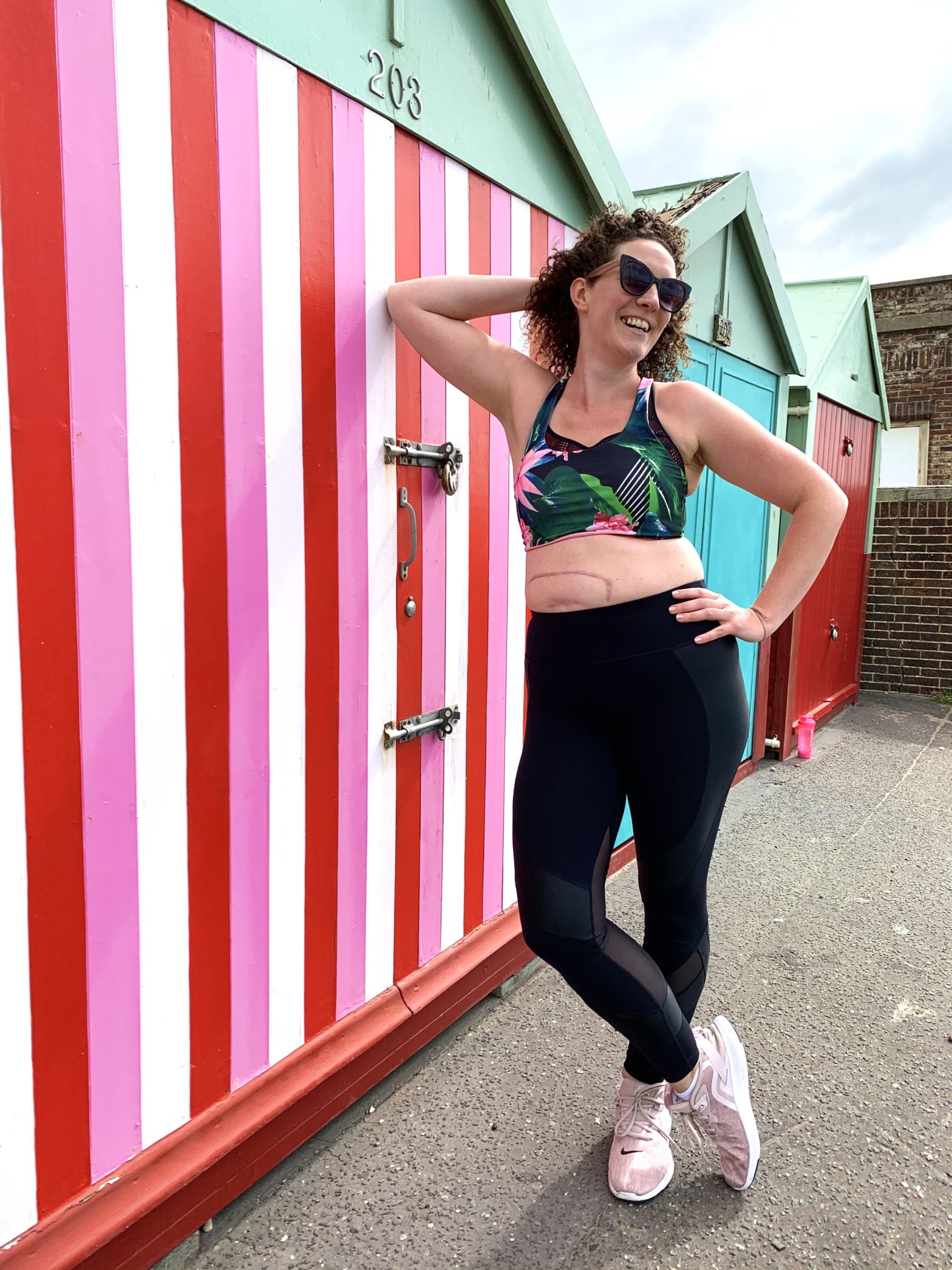“Moving Through Cancer” by Dr Kathryn Schmitz has been written with cancer patients and their caregivers in mind. The following review reflects my honest thoughts, having paid for and read the book recently.
Prior to reading the book, I didn’t realise that it has been written from the dual perspective of Kathryn being both a professional within exercise oncology, and having cared for a loved one who has survived cancer. I get excited whenever I hear of a new publication about cancer exercise, as there is still precious little of it produced for the benefit of the general public – there isn’t much more of it created for the scientific community either, but progress is being made! So whenever something is released, I aim to get my hands and brain on it as soon as possible for several reasons: it helps me to learn as a professional; it gives me information I can share with and recommend to clients; I can share resources with other professionals – whilst I’ve now been discharged from hospital care, I maintain a relationship with them as I’m an allied professional, and I foster other links with the cancer and exercise communities too.
The book is broken down into sections detailing how exercise helps those living with, through and beyond cancer, before moving on to offer programmes designed to be used prior to, during and after treatment. There are great descriptions of the pitfalls you are likely to face at each stage, from treatment side effects to dips in progress for other reasons, but the message is consistent – keep going, and do more than you were before you became active.
The author clearly states that evidence is continuing to emerge, as are new treatments (such as immunotherapy), however we are a long way off standard protocols deviating from those which are well-recognised (surgery, chemotherapy, radiotherapy and, to an extent, hormone therapy) this is a great resource for the majority of the cancer community. The exercises are delivered in a way which is easy to understand, and the sessions are made to be achievable. What I also love is how it teaches the user to track and log their progress – far too few personal trainers teach their clients how to do this, and instead assume that they magically know what to do. Keeping track is so beneficial – it allows you to observe your own progress, identify any patterns, and share your work with your healthcare team.
The book closes with information on other important factors, such as sleep and nutrition. There are also accounts from others in the cancer community who have benefited from using exercise programmes throughout their own experiences. Although some of these are professional athletes, it’s worth remembering that cancer is a universal experience – just as cancer can impact anyone (professional athlete, model, or average office or retail worker), so can exercise; whether you were physically conditioned prior to cancer or choose to become active due to your treatment, it all counts, and you will undoubtedly see and feel the benefits.
One of the drawbacks for me, being based in the UK, is that the author is from the US, so her experiences are limited to their healthcare system. There are well-documented pros and cons to both countries’ systems, and sadly in the UK it’s rare for patients to receive support beyond the most necessary elements of their treatment; nutrition advice is scant, physiotherapy is generally limited to those who are inpatients, referrals to exercise professionals are rare. This means that additional services are generally a huge patient privilege in the UK, rather than funded by (good) insurance policies as they may be in the US. So, for those in the UK, this book could be a particularly critical resource, as I’ll outline below.
I would recommend this book to any patient or caregiver, and advise that, should you experience resistance from your medical team, you wave this book under their noses! As the book recommends, I would always say that the best case scenario is to work one-to-one with a specialist exercise professional (hello!), ideally face-to-face, but if online is the best available, then that’s great too. Your next best option would be to have a generally-qualified personal trainer read this book – it won’t be too basic for them, and will help them to understand what you’re going through. They should also be able to use their professional training to appreciate how and why the programmes within this book have been put together, and then offer you progression as and when you are ready for it – they may also wish to seek advice and support from a colleague with a specialist qualification if they are able to.
The beauty of this book is that, if you are not able to work with a personal trainer, this book is absolutely something that you can and should use independently. It is clearly written and instructions are fully provided, meaning that even if you have never exercised previously, you should be able to follow the instructions without professional assistance.
I’ll conclude with two of my favourite quotes from the book:
“We are driven by the things that matter to us”
“Exercise is the best way to take back control of your body. It is also intrinsically linked to feelings of hope and pride. You are driven to exercise because you see potential in your future”
You can find out more about Dr Kathryn Schmitz and her work via this website
